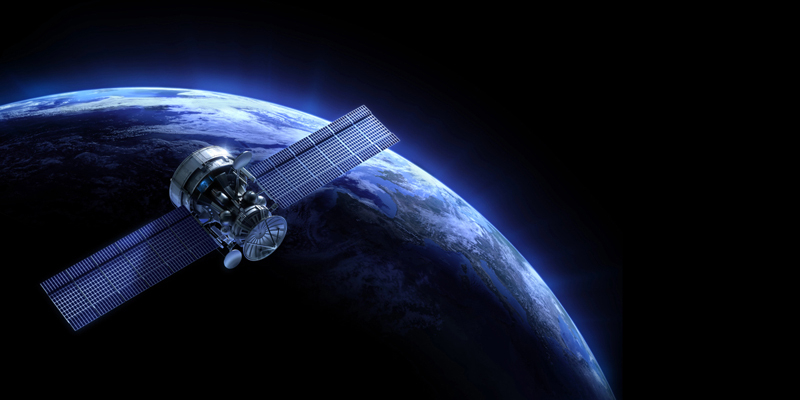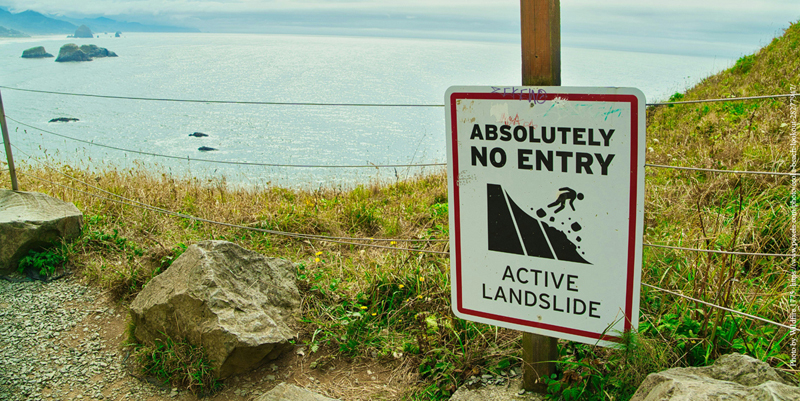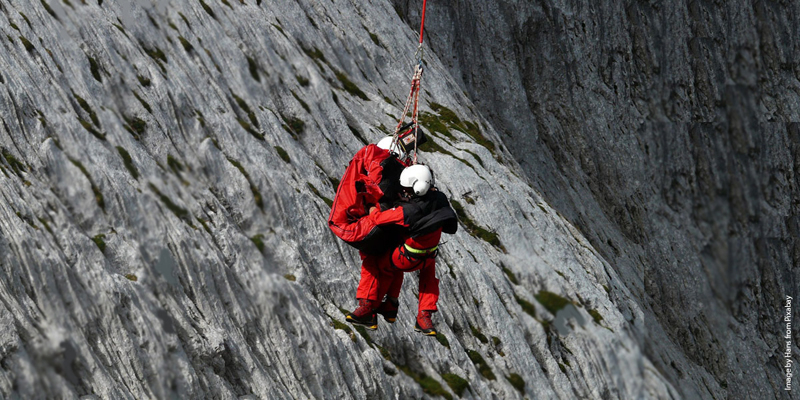This is part of a project to develop a national environmental monitoring infrastructure and capacity, co-financed by the European Regional Development Fund’ for the Maltese Environment and Planning Authority , which provides 85% of the project’s funding and the Government of Malta, which finances the rest under Operational Programme 1 - Cohesion Policy 2007-2013 - Investing in Competitiveness for a Better Quality of Life.
The project, which is being carried out by leading digital geospatial data company, TerraImaging and her partners, will contribute to a baseline survey of the Maltese Islands and will complement side sonar data, bathymetric and topographic LiDAR and oblique imagery to produce an integrated 3D perspective of the Maltese Islands.
All flight operations ran successfully only disrupted occasionally by the strong winds and low clouds and some bad weather periods. Dr. Andrea Hoffmann, project leader for all Maltese activities, commented: "We are very proud to realize this innovative future-proof project. As a result there will be a unique homogeneous data set of Malta from the deep bottom of the ocean to the church spires - covering all land area, the coastal zone and the sea bottom of the whole Archipelago”.
The project combines 3D data and high resolution spatial data, acquired with the latest generation of equipment. The terrain of the islands has been scanned with a Riegl 680i lidar system (point density better than 4 Pt./m², accuracy better than 10 cm). Another first-timer for Malta was the acquisition of oblique images acquired during the aerial survey with an A 3 digital camera (oblique and Nadir imagery, resolution 15 cm). Unlike traditional aerial photography which only gives an overhead view, oblique images are aerial photographs that are taken at an angle. This means that a feature, such as a house, building, can be seen from the front, back and sides. This is a recent technology which dynamically changes the use of visual information systems. Digital aerial images were also acquired with the aim to update MEPA's current digital aerial maps. The summer months just saw another 3D scan being taken - this time measuring sea depths within 1 nautical mile from the coastline. The ocean floor around the islands has been scanned with a Hawkeye IIB bathymetric Lasersystem (depth from 0 to 15 m, grid of 2 x 2 m. A side-sonar and an echo-sounder took care of deeper areas up to 200 m. This resultant 3D bathymetric scan and the 3D terrain scan will then be merged to form an integrated 3D perspective for the Maltese Islands. The data will help MEPA to manage and plan the highly populated island in a more efficient way.
In the meantime, data on air, water, radiation and soil will also be acquired within the project, which will be completed in June 2013. Dr. Elaine Sciberras, Project Leader for this ERDF project, noted that, "the project will enable Malta to obtain valuable environmental information both for EU reporting obligations as well as to improve environmental policies and planning. The innovate aerial data acquired is crucial to providing a 3D spatial element to the environmental data being acquired. This will enable enhanced environmental analysis and planning." The ERDF project also involves enhancement of the national monitoring programmes on air, water, radiation, soil and noise, the procurement of equipment, and training of staff.
All data from the project will be viewable from a web portal. This portal, known as a Shared Environmental Information System (SEIS), will be launched towards the end of the project.
In the coming months, TerraImaging will be processing the data acquired from the aerial surveys and will work on the integration of all different data sources.
Subscribe to our newsletter
Stay updated on the latest technology, innovation product arrivals and exciting offers to your inbox.
Newsletter

